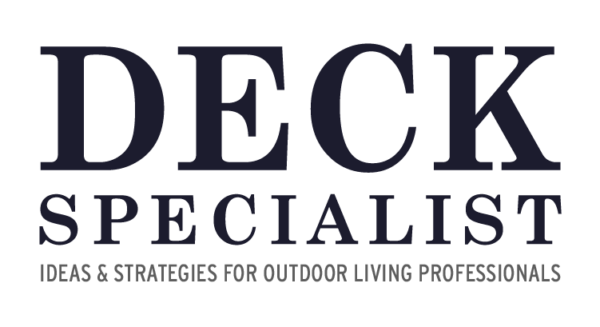Table of Contents
If there’s anything that we’ve learned over the years as pro builders, it’s that job safety is job number one! There is simply no task that takes precedence over safety. Period!
Safety is a broad term that encompasses many elements. There’s personal safety, project safety, and business safety and they are all related.
Personal safety is the most apparent. A hard hat and safety goggles are a couple of the most obvious personal safety items that one should have in his or her safety tool kit. Equally important are ear protection, gloves (where required), and work boots (with steel toes, where appropriate). Dust masks and respirators are essential when creating dust or working with vapors that shouldn’t be inhaled.
Personal safety equipment is only the first step. Knowing how to properly use the equipment and using it regularly is the real key.
Regular safety meetings are essential to keeping your crew, your projects, your customers and your business safe and healthy. These meetings provide a forum to reinforce the importance of safety; instruction on how to properly use safety gear; and steps to maintaining a safe job site.
Every project should have a well-stocked first aid kit and EVERYONE—direct hire personnel and subcontractors—should know where it’s located. Crewmembers can also benefit by having knowledge of basic first aid such as treating a wound, dealing with heat stroke, and CPR—until emergency responders arrive. The location of the nearest hospital should be posted at all job sites.
Project safety involves any condition or object that can lead to injury. Ladders, scaffolding, temporary supports, and safety rails should be in tiptop shape, on solid footing, and inspected often. Walking surfaces—inside and out—should be as level as possible and free of obstructions. Uneven soil can be an ankle-twister that can result in a nasty fall, which can lead to more serious injury.
All tools and equipment (hand and power) must be regularly inspected for proper and safe operation, and, where deficient, should be immediately taken out of service, and repaired or replaced.
Teach crewmembers how to use equipment properly and safely and NEVER to use a tool for anything other than its intended purpose and in strict accordance with manufacturer directions.
Business safety can save your business. Even with the best safety program and practices, accidents will and do occur. Without proper insurance coverage and limits, your business and personal assets could be at significant risk.
Your best defense is a strong offense. Make sure that you have worker’s compensation insurance, liability insurance, vehicle insurance and that you review the coverage limits with your agent at least annually or when operations change. All subcontractors who set foot on your projects should have the same. Require subs to have certificates of insurance sent directly to you by their carriers and ask to be notified should coverage lapse or is renewed.
Always remember: safety first!










